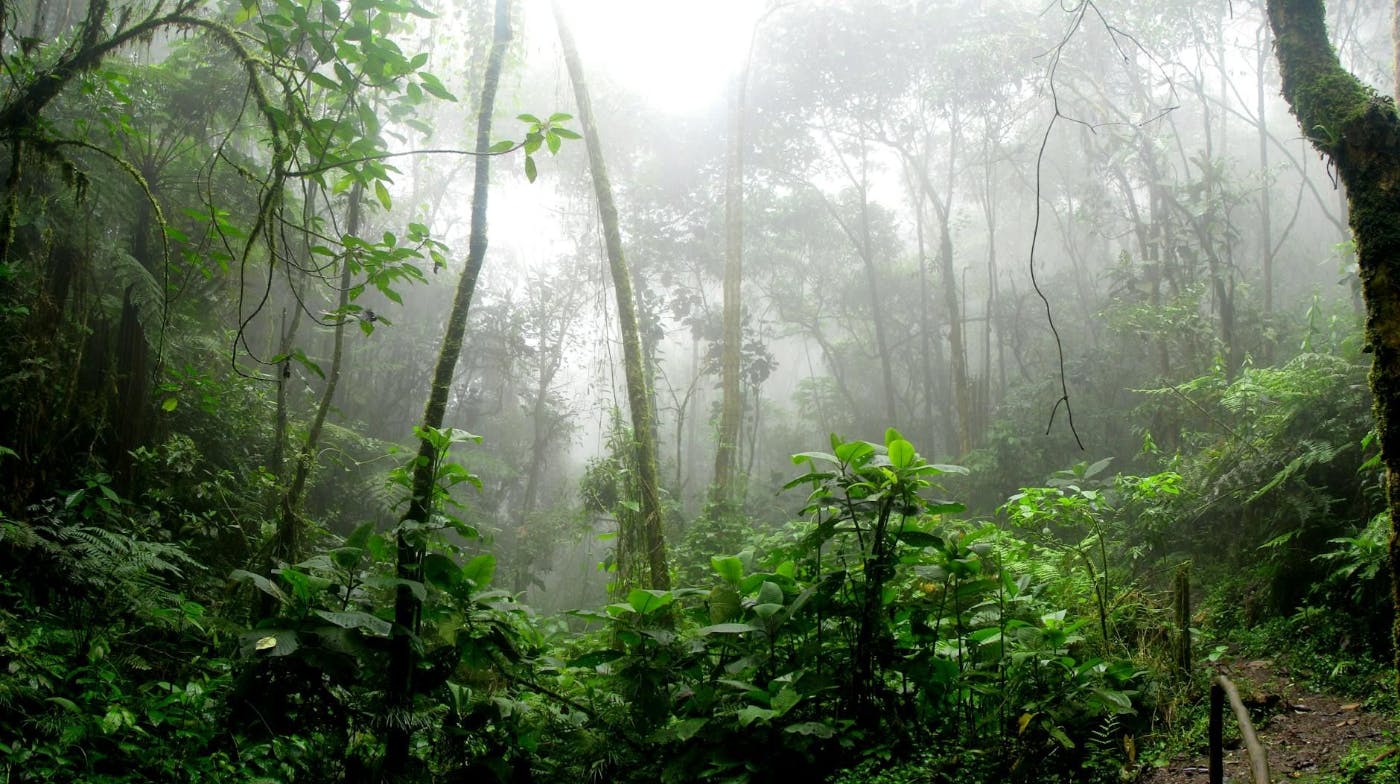368 reads
Loss of Amazon Rainforest Resilience: Conclusions
by
May 2nd, 2024
Audio Presented by

We publish the best academic work (that's too often lost to peer reviews & the TA's desk) to the global tech community
Story's Credibility

About Author
We publish the best academic work (that's too often lost to peer reviews & the TA's desk) to the global tech community
